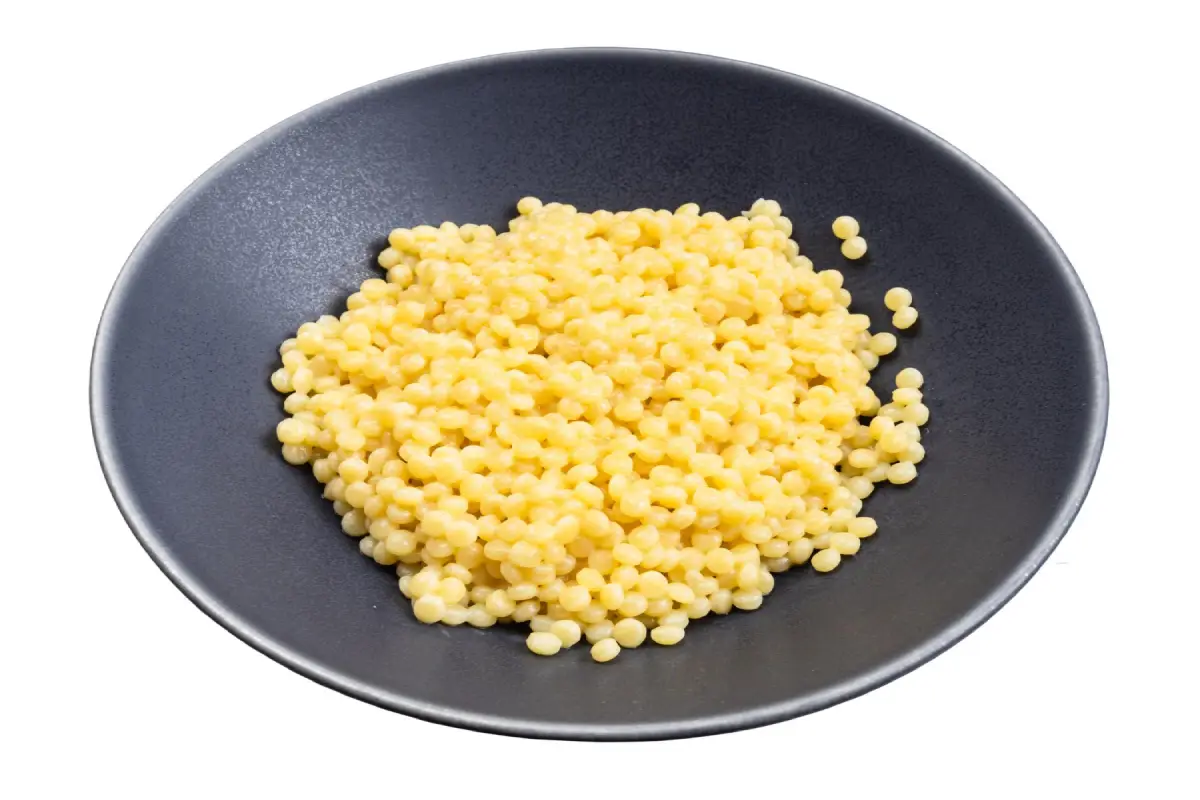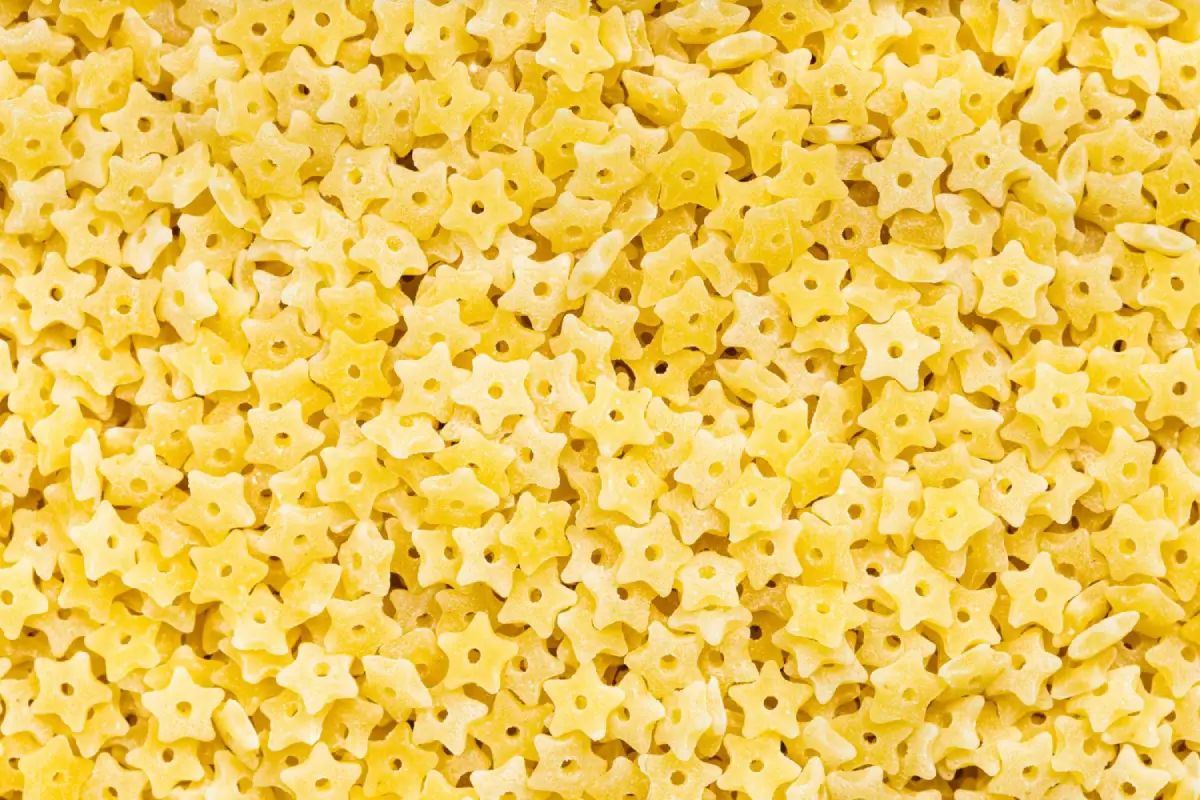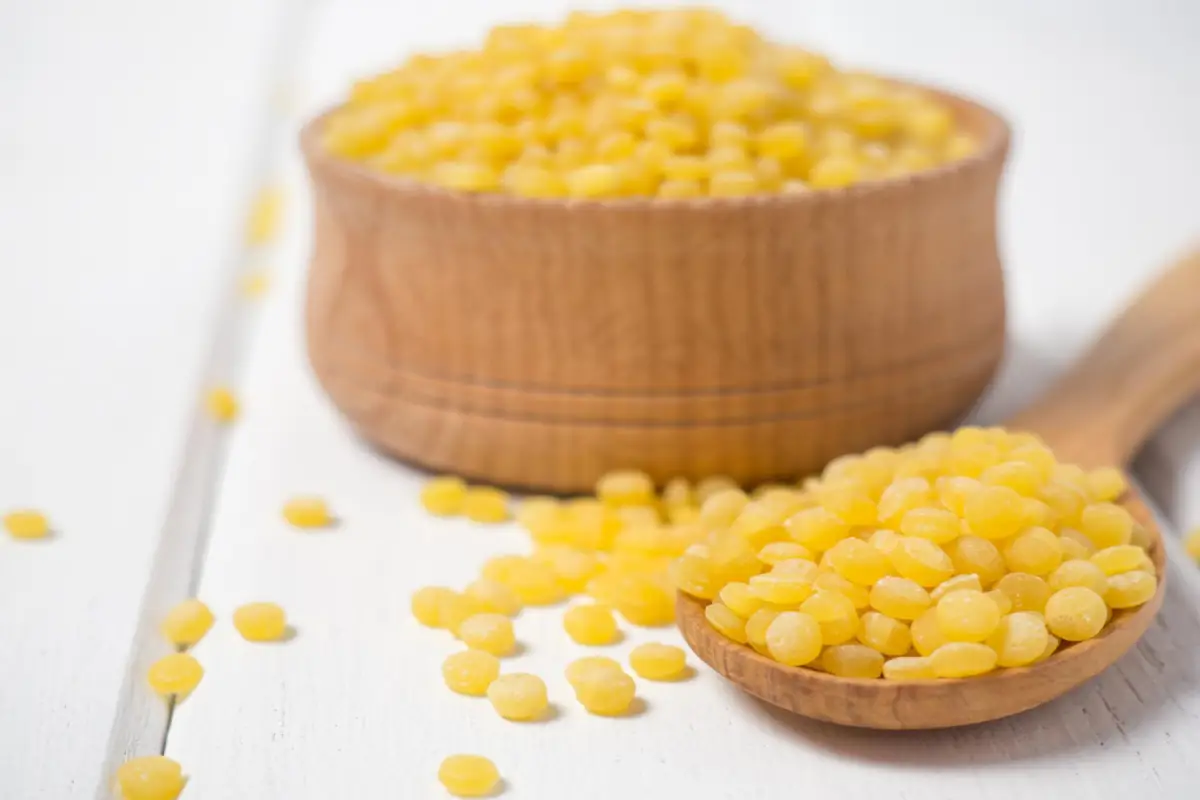Italian cuisine is rich with diverse pasta types, each serving its unique role in dishes. Pastina, a staple in comfort foods like Italian Penicillin Soup, embodies the warmth of Italian cooking. This soup, highlighted in our series, showcases the healing touch of traditional recipes. Now, we turn to a common culinary query: “Is Pastina and Acini de Pepe the Same?” This question is not just about pasta shapes. It connects to our earlier discussion on pastina substitutes. Understanding the differences and similarities between Pastina and Acini de Pepe is crucial. Both are key in Italian kitchens but differ in size, use, and tradition. This exploration will clarify these points, aiding cooks in making informed choices for their dishes. Whether making Italian Penicillin Soup or exploring pasta options, knowing about Pastina and Acini de Pepe enriches your cooking experience.
Exploring Pastina
What is Pastina?
Pastina, meaning “little pasta,” holds a special place in Italian culinary tradition. It’s the smallest form of pasta and comes in various shapes like stars, tubes, and more. Traditionally, it’s a go-to choice for soups, especially for young children or those feeling under the weather, thanks to its easy digestibility and comforting texture.
Uses and Culinary Applications
Chefs and home cooks use pastina primarily in broths and light soups. Its tiny size allows it to blend seamlessly into dishes, absorbing flavors and adding a pleasant, subtle texture.
Another Name for Pastina
In some regions, pastina may go by specific names that reflect its shape, such as “stelline” for star-shaped pasta. However, “pastina” is the widely accepted term for this variety.
Pasta Similar to Pastina
Orzo and stelline are similar to pastina in their applications. Orzo, resembling rice grains, and stelline, with its tiny star shape, also find their place in soups and broths.
Discovering Acini de Pepe
What is Acini de Pepe?
Acini de Pepe translates to “peppercorns,” mirroring its small, round shape. It’s slightly larger than most pastina but still falls into the category of tiny pastas. Its versatility shines in both savory and sweet dishes, from hearty soups to refreshing salads.
Uses and Culinary Applications
This pasta is favored in dishes where it can absorb the flavors of the broth or sauce it’s cooked in. Beyond soups, Acini de Pepe is a popular choice for cold pasta salads and even some dessert recipes.
Another Name for Acini di Pepe
While “Acini de Pepe” is the most common name, it might also be referred to based on its resemblance to peppercorns or simply as “small pasta beads” in some culinary discussions.
Acini di Pepe in English
In English, Acini de Pepe retains its Italian name, which directly refers to its peppercorn-like appearance, emphasizing its small, round shape.
Comparing Pastina and Acini de Pepe
When it comes to answering “Is Pastina and Acini de Pepe the Same?” the simple answer is no. While both pastas share the trait of being small and versatile in various dishes, there are distinct differences in size, shape, and sometimes in the specific uses within Italian cooking. Pastina tends to be smaller and used more traditionally in soups as a comfort food, especially for children. Acini de Pepe, being slightly larger, finds a broader range of uses, from savory soups to salads and even some desserts.
Understanding these differences allows cooks to choose the right pasta for their dishes, whether they’re aiming for the comforting simplicity of a broth with pastina or the slightly heartier texture of a soup or salad with Acini de Pepe. Both pastas offer a canvas for creativity in the kitchen, serving as a testament to the diversity and richness of Italian cuisine.
For those looking to expand their culinary repertoire further, understanding the alternatives to pastina becomes crucial. Our previous article, ‘What Can I Use in Place of Pastina?‘ explores viable substitutes that maintain the integrity and comfort of traditional Italian dishes.
FAQs
What is another name for pastina?
Most people know it simply as pastina, but some call it by specific shapes like “stelline” for stars or “risini” for rice shapes. The term “pastina” is the most common.
What pasta is similar to pastina?
Orzo and stelline, resembling rice grains and tiny stars respectively, are similar to pastina. Cooks often use them in soups and broths.
What is another name for acini di pepe?
Acini di Pepe, meaning “peppercorns,” rarely goes by other names. Its unique shape and texture define it well.
What is acini di pepe in English?
“Peppercorns” is the direct translation of Acini de Pepe in English, highlighting its small, round shape.
Conclusion for “Is Pastina and Acini de Pepe the Same?”
Pastina and Acini de Pepe differ in size, shape, and culinary uses, despite their small size. Pastina serves as a comforting ingredient in soups, ideal for children and soothing dishes. Acini de Pepe, a bit larger, works well in both savory soups and salads, and even in desserts.
Understanding these pastas helps cooks make better choices in the kitchen. Whether preparing a comforting soup or a creative salad, knowing the differences between Pastina and Acini de Pepe can make your dishes stand out. This journey into tiny pastas shows the richness of Italian cuisine and encourages culinary experimentation with these traditional ingredients. To further explore Italian culinary traditions and find inspiration for using Pastina and Acini de Pepe in your recipes, consider browsing this collection of Italian recipes.



